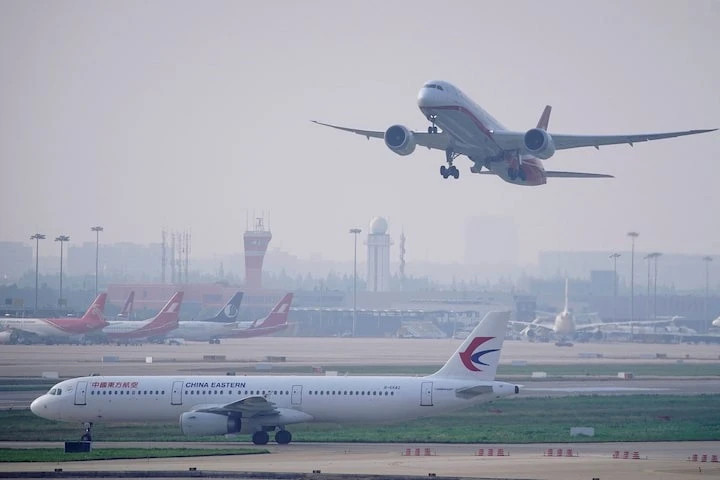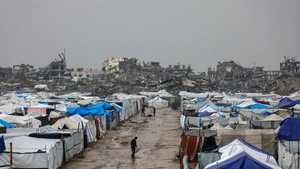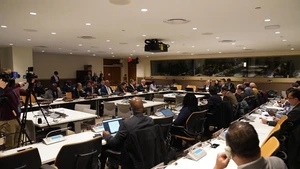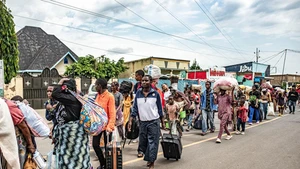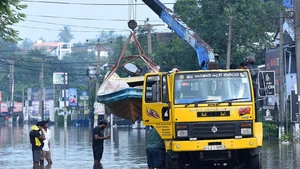After struggling with the impact of the COVID-19 epidemic, the world aviation industry has witnessed a spectacular recovery in 2023. According to IATA, in 2023, world air travel will increase to 94% compared to 2019. Domestic air travel activities in major markets, such as China, India and the US grew strongly, leading the recovery in 2023. The picture of the aviation industry in 2024 is promising to continue to maintain bright colours. IATA estimated that the net profit of this industry will reach 25.7 billion USD in 2024. Recently, airlines such as ANA (Japan), and American Airlines (the US) have given positive profit forecasts in 2024, thanks to the growth of global tourism.
However, a series of difficulties still await the aviation industry, such as geopolitical tensions, lack of aircraft, and challenges in meeting environmental goals and aviation safety regarding severe climate change, which are also being discussed at aviation conferences in the UAE.
Supply chain issues have “cast a shadow” over many international events in the aviation industry recently, including the 2024 Singapore Air Show in February. Many companies participating in the exhibition “complained” of rising costs and long production times, problems that have plagued them since the outbreak of the COVID-19 pandemic and became more severe after the conflict in Ukraine. Airlines are also forced to lay off many workers to save costs. IATA Director General Willie Walsh said supply chain problems will continue for the global aviation industry for several years.
Two giants in aircraft manufacturing, Airbus and Boeing, also announced that they were having difficulty delivering goods on time, due to disruptions in the global supply chain. These airlines lack the supply of components, equipment, semiconductors, and labour. Aviation analyst Shukor Yusof said that difficulties lead to airlines using old aircraft, and poor fuel economy, thereby reducing their profits.
According to experts, geopolitical conflicts force airlines to fly longer routes, making the prospect of achieving the net zero emissions target by 2050 still uncertain. The use of sustainable jet fuel (SAF) is estimated to reduce emissions by up to 80%, however, the cost of SAF is 3-5 times higher than traditional jet fuel. IATA estimated that to meet the aviation industry's environmental goals by 2050, the industry will need 500 million tonnes of SAF.
Recent incidents involving Singapore Airlines and Qatar Airways also raised concerns about flight safety. Previously, Paul Williams, a professor of atmospheric science at Reading University in the UK, affirmed that climate change is increasing the frequency of air turbulence, challenging flight safety in the aviation sector.
IATA General Director Willie Walsh emphasised the role of the air transport industry as an important driving force in promoting the economy, and affirmed his determination to green this sector, contributing to the fight against climate change. In the recovery period after the COVID-19 pandemic, the aviation industry is facing both opportunities and challenges and needs to continue to seek solutions for comprehensive and sustainable development.
